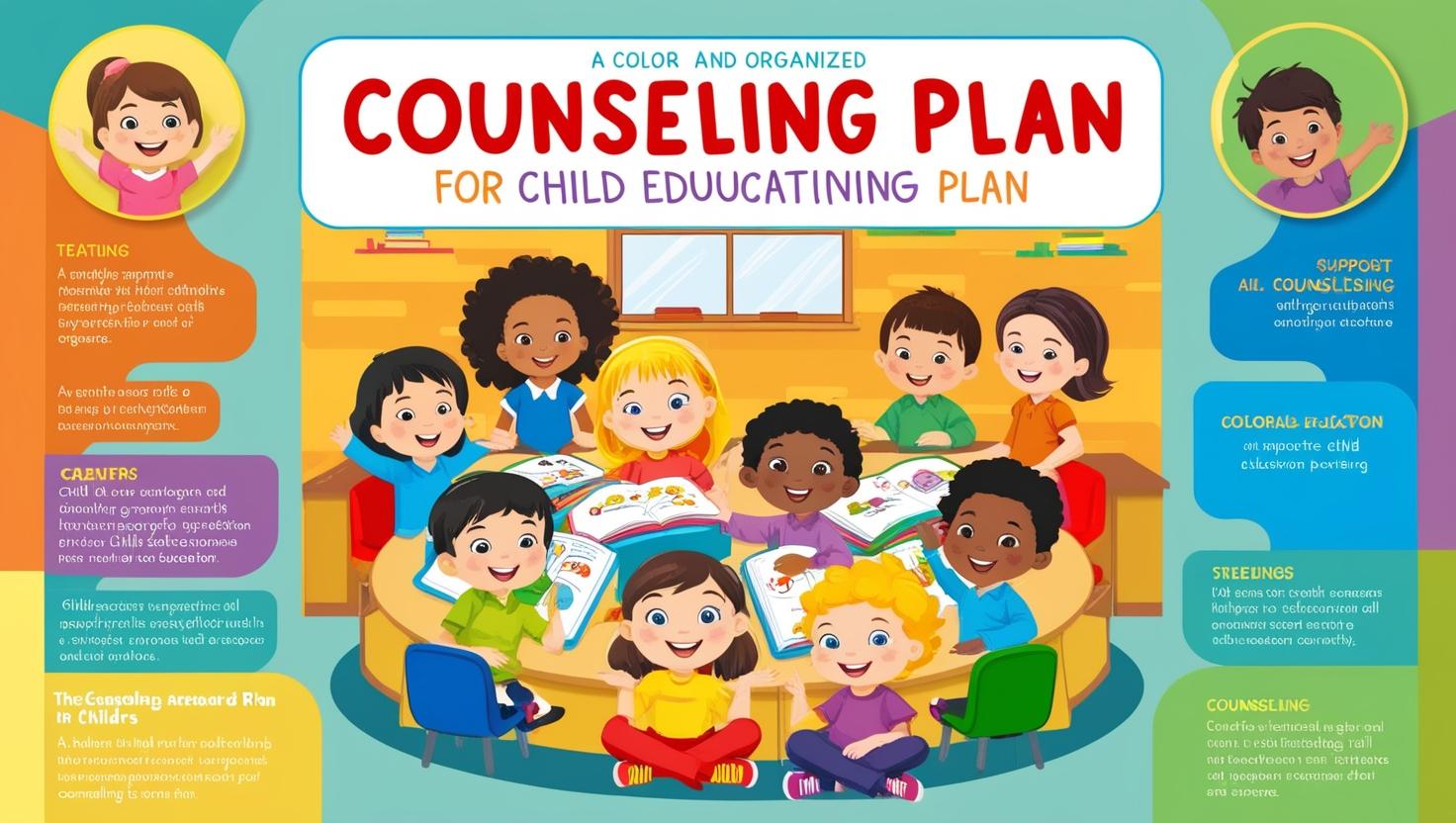
What is Spaced Repetition in Child Education?
Spaced repetition is a smart way of learning. Instead of trying to remember everything at once, children review topics at increasing intervals over time. This technique strengthens memory and ensures the knowledge sticks.
For example, if a child learns about shapes today, revisiting the topic tomorrow, next week, and a month later will help them retain the information better than cramming it all in one day.
Why is Spaced Repetition Important for Children?
- Builds Strong Foundations: Concepts are reinforced repeatedly, which helps children understand and recall better.
- Prevents Overwhelm: Learning is spread out, making it less stressful and more enjoyable.
- Enhances Confidence: Frequent reviews show children they’re making progress, boosting their confidence.
- Supports Long-Term Retention: Spaced repetition ensures that children remember what they learn for years to come.
Creating a Spaced Repetition Counseling Plan
Step 1: Understand the Child’s Learning Needs
- Identify subjects and concepts that the child needs to focus on (e.g., math basics, vocabulary, or moral stories).
- Tailor the intervals to match the child’s ability to grasp and retain information.
Step 2: Set Up an Interval-Based Schedule
| Session | Day | Activity |
|---|---|---|
| 1 | Day 1 | Introduce a new concept (e.g., letters of the alphabet). |
| 2 | Day 2 | Review the concept with a fun activity (e.g., tracing letters). |
| 3 | Day 5 | Brief quiz or storytelling incorporating the concept. |
| 4 | Day 10 | Creative activity (e.g., draw a picture related to the letters). |
| 5 | Day 20 | Discuss or apply the concept in a real-life context. |
| 6 | Day 30 | Summative quiz or storytelling for reinforcement. |
Step 3: Make Learning Interactive
- Visual Aids: Use flashcards, diagrams, or drawings to represent concepts.
- Games and Quizzes: Incorporate memory games, crossword puzzles, or scavenger hunts to make reviews fun.
- Storytelling: Tie concepts into engaging stories children can relate to. For example, teach honesty through a story about a truthful child.
Step 4: Include Parental Involvement
Parents can:
- Review flashcards or books with the child.
- Encourage daily discussions about what the child learned in school or during review sessions.
- Praise and reward progress to keep motivation high.
Step 5: Monitor Progress and Adjust
- Observe how the child responds to the schedule.
- Adjust intervals or activities if necessary to ensure the child stays engaged and motivated.
- Use quizzes to measure retention and identify areas needing more focus.
Example Counseling for a Week
Day 1: Introduction
Topic: Colors
- Activity: Show primary colors (red, blue, yellow) with colored objects.
- Task: Encourage the child to identify similar colors around the house.
Day 2: First Review
- Activity: Draw objects using primary colors and name them.
Day 5: Interactive Quiz
- Task: “Can you find 3 red items in the room?”
- Reward: Sticker or a small treat for correct answers.
Day 10: Real-Life Application
- Activity: Mix two primary colors to discover secondary colors (e.g., red + blue = purple).
Day 20: Creative Fun
- Activity: Create a rainbow art project using what they’ve learned.
Day 30: Summative Quiz
- Task: Name all colors in a picture and how they’re formed.
- Outcome: Review and reward for progress.
Functional External Links
- How to Use Spaced Repetition for Kids
- Creative Learning Techniques for Children
- Interactive Educational Tools for Kids








Be the first to leave a comment